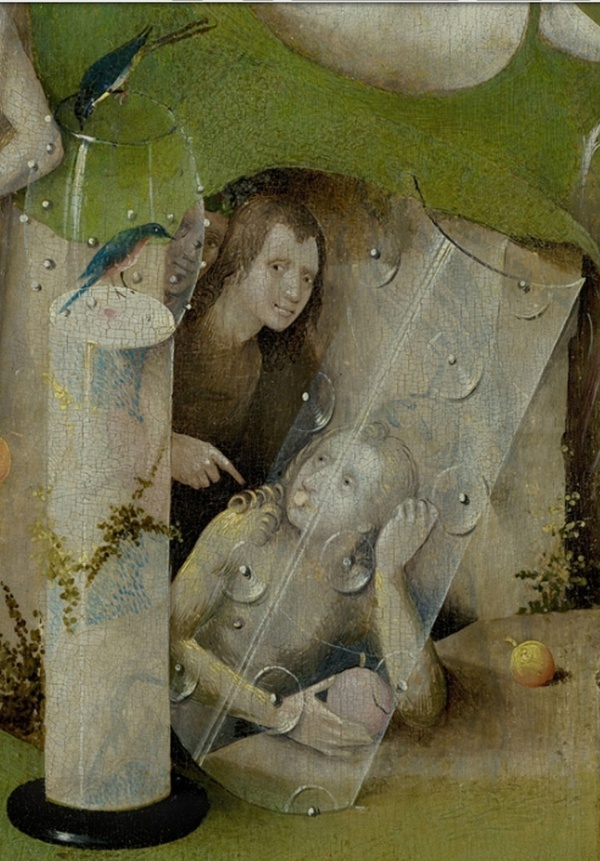Facts About The Garden of Earthly Delights
"The Garden of Earthly Delights" is a stunning triptych oil painting by Hieronymus Bosch, created between 1490 and 1510. This masterpiece is housed in the Museo del Prado in Madrid. For centuries, scholars have debated Bosch's intentions—some interpret it as a cautionary tale against indulgence, while others perceive it as a celebration of ultimate pleasure.
The painting is divided into three panels. The exterior panels depict the creation of the world, with God appearing somewhat passive. When opened, the left panel reveals the Garden of Eden with Adam and Eve. The center panel portrays a fantastical garden teeming with nude figures, animals, and surreal elements. The right panel shifts dramatically, depicting a nightmarish Hell replete with scenes of torture and damnation.
Scholars have meticulously analyzed the symbolism and themes in this painting. Some suggest it is a cautionary tale about lust, while others argue it illustrates the ephemeral nature of worldly pleasures.
The exact date and origins of the painting remain somewhat mysterious. It was associated with the House of Nassau in Brussels before being acquired by Philip II of Spain and eventually finding its home at the Museo del Prado. Bosch's distinctive style and iconography have sparked endless speculation about his influences and sources.
Bosch's work has inspired many artists, including Pieter Bruegel the Elder and Giuseppe Arcimboldo. In the early 20th century, the painting experienced a resurgence in popularity, influencing surrealists like Salvador Dalí and Joan Miró. Bosch's enigmatic and visionary art continues to captivate and inspire, inviting endless interpretations and analyses even today.

 Portugal
Portugal